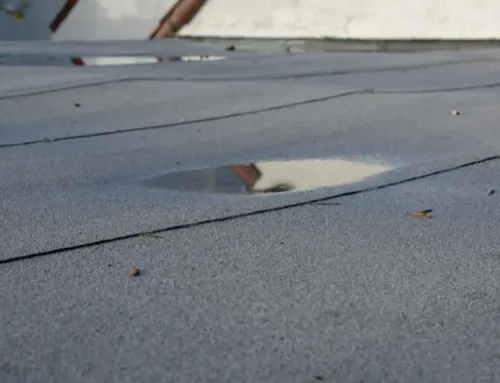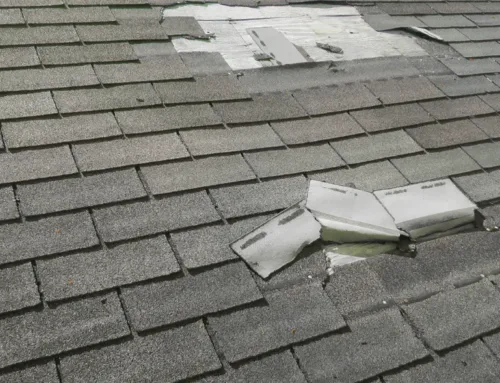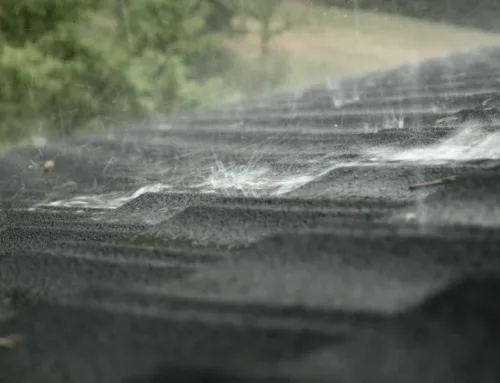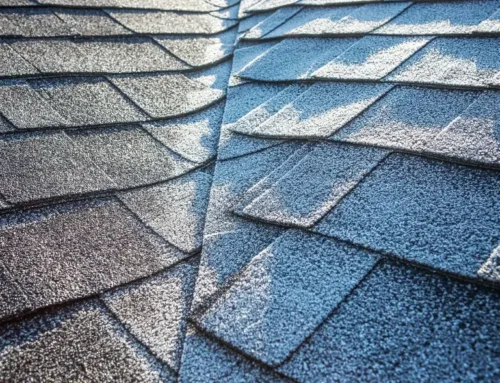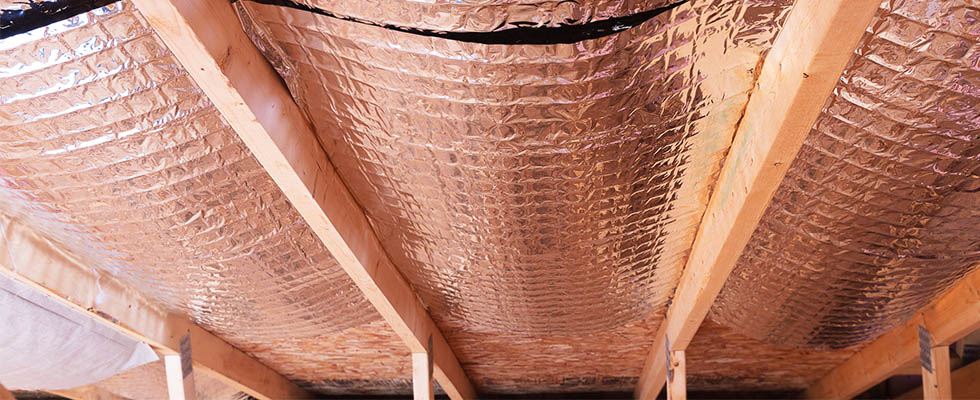
Is My Home Built to Keep Out the Summer Heat?
When it comes to the long summer months in Texas, you need more than a good AC and a cool swimming pool. You need a home that’s ventilated properly and a roof that promotes energy efficiency. Unfortunately, ventilation standards developed in the 1930s are still in play, leaving your home under-ventilated. While your AC is running strong, so is your energy bill. But you can beat the heat and reduce your energy bill when you rely on Alliance Roofing Company to meet your ventilation needs.
How is Ventilation Related to Energy Efficiency?
An energy-efficient home sounds wonderful in theory, but it often means that air is locked inside the house in an attempt to prevent heat loss. But this leaves the home continuously recycling air, and everyone living inside breathing polluted air. So, many people opt for air filtration systems which do purify the air but cause moisture to be released. When moisture is locked inside the home, condensation forms on windows, mold grows in the walls, and the roof develops problems. This is why properly ventilated roofs are the most reliable way to avoid air and moisture problems–even in the most energy-efficient home.
Roof Ventilation
Properly ventilated roofs provide a necessary route of escape for moisture and heat. The average household produces about four pounds of water vapor daily. But, if the water vapor cannot escape, it will form condensation on the plywood sheeting of your roof which will, over time, cause the plywood to expand, buckle, or delaminate. When the plywood becomes weaker, the integrity of your roof is at risk. You may experience a decrease in nail holding power, wind damage, or stress cracks because of uneven or rotted deck materials. In the scorching Texas summer, improper roof ventilation traps heat in your attic. This significantly impacts your electricity bill and puts added strain on your roof.
Attic Ventilation
In the heart of summer, when the outside temperatures pass 100 degrees, your attic reaches 145 degrees and your roof meets 180 degrees. Attic ventilation systems help the excess hot air escape to give your AC a break and protect your roof. The two parts of attic ventilation are intake vents and exhaust vents. Intake vents are situated at the lowest part of your roof and bring cool air into the attic. Exhaust vents sit on the peak of your roof and release hot air from your attic.
Radiant Barrier Products
Radiant Barrier Products provide insulation and ventilation that can reduce your energy bill by 30%. We stand behind Radiant Barrier paint, blown-in attic insulation, solar-powered attic vents, and ridge vents when it comes to protecting your home and your roof from excess heat. You can enjoy an energy-efficient home all summer long when you trust Alliance Roofing Company to solve your ventilation problems.
Simultaneously lower your energy bill and keep the Texas heat out of your home when you contact Alliance Roofing Company. Our expert roofing contractors will help you decide the best way to properly ventilate your home. Schedule a free estimate today.

